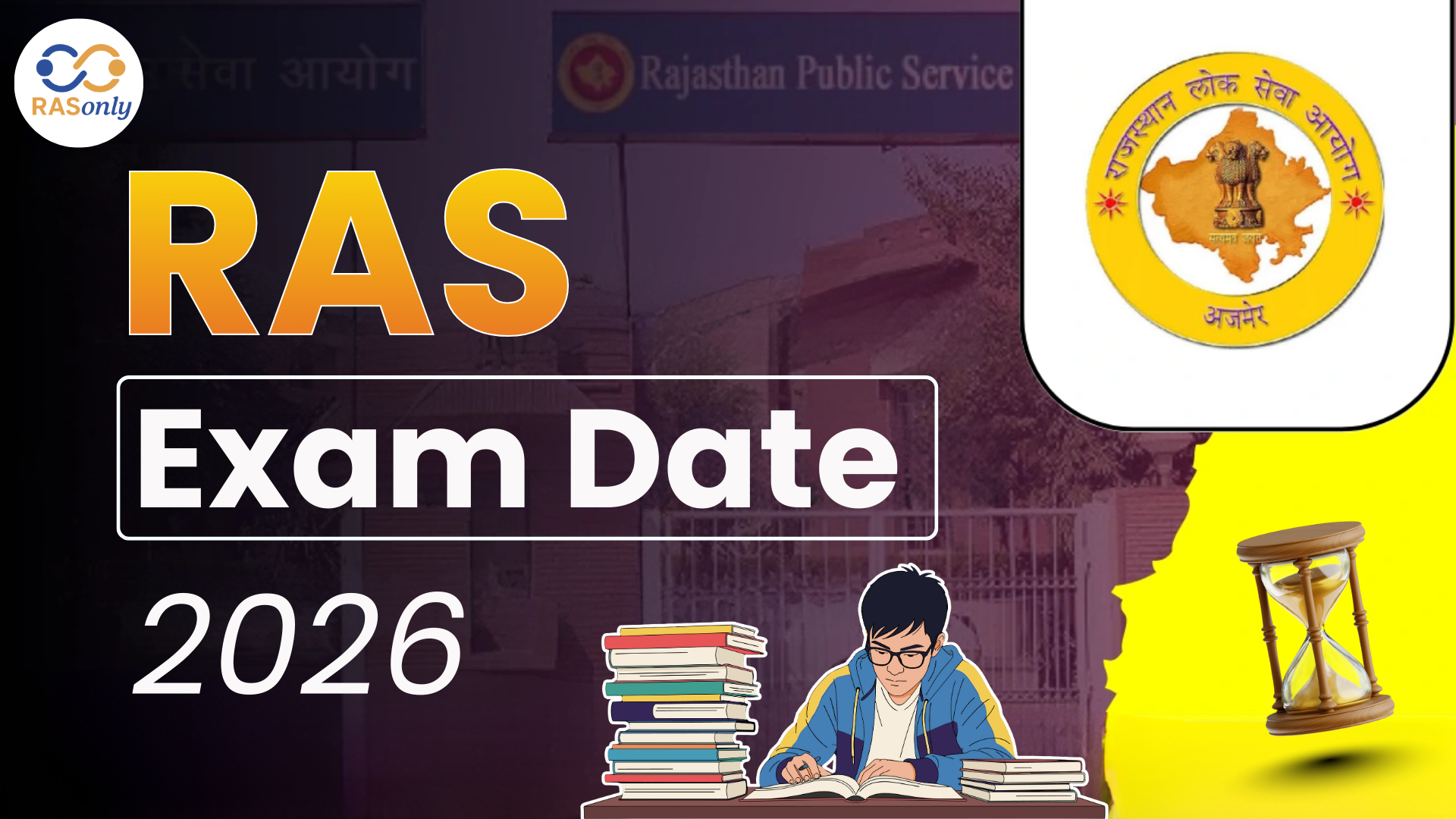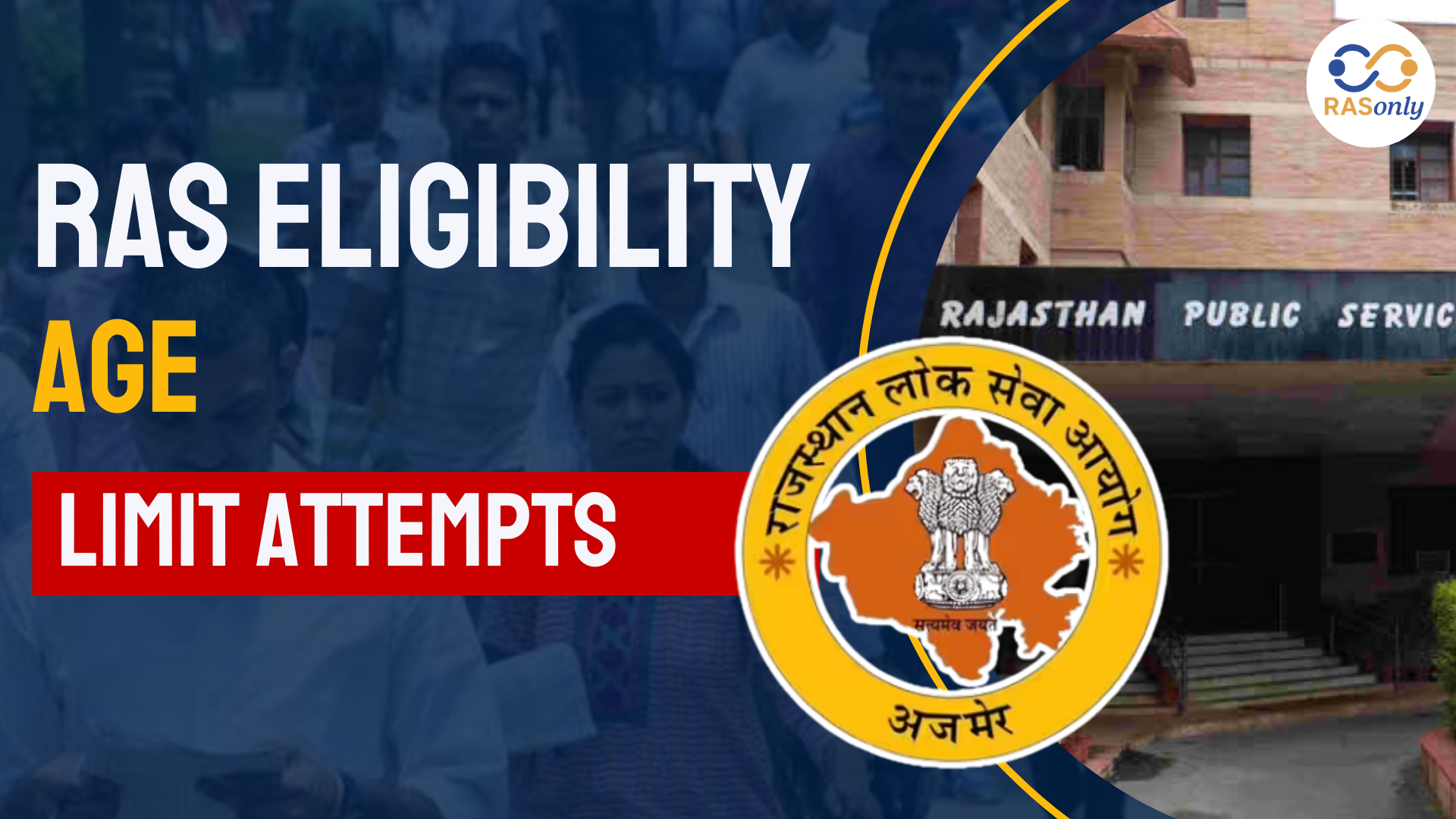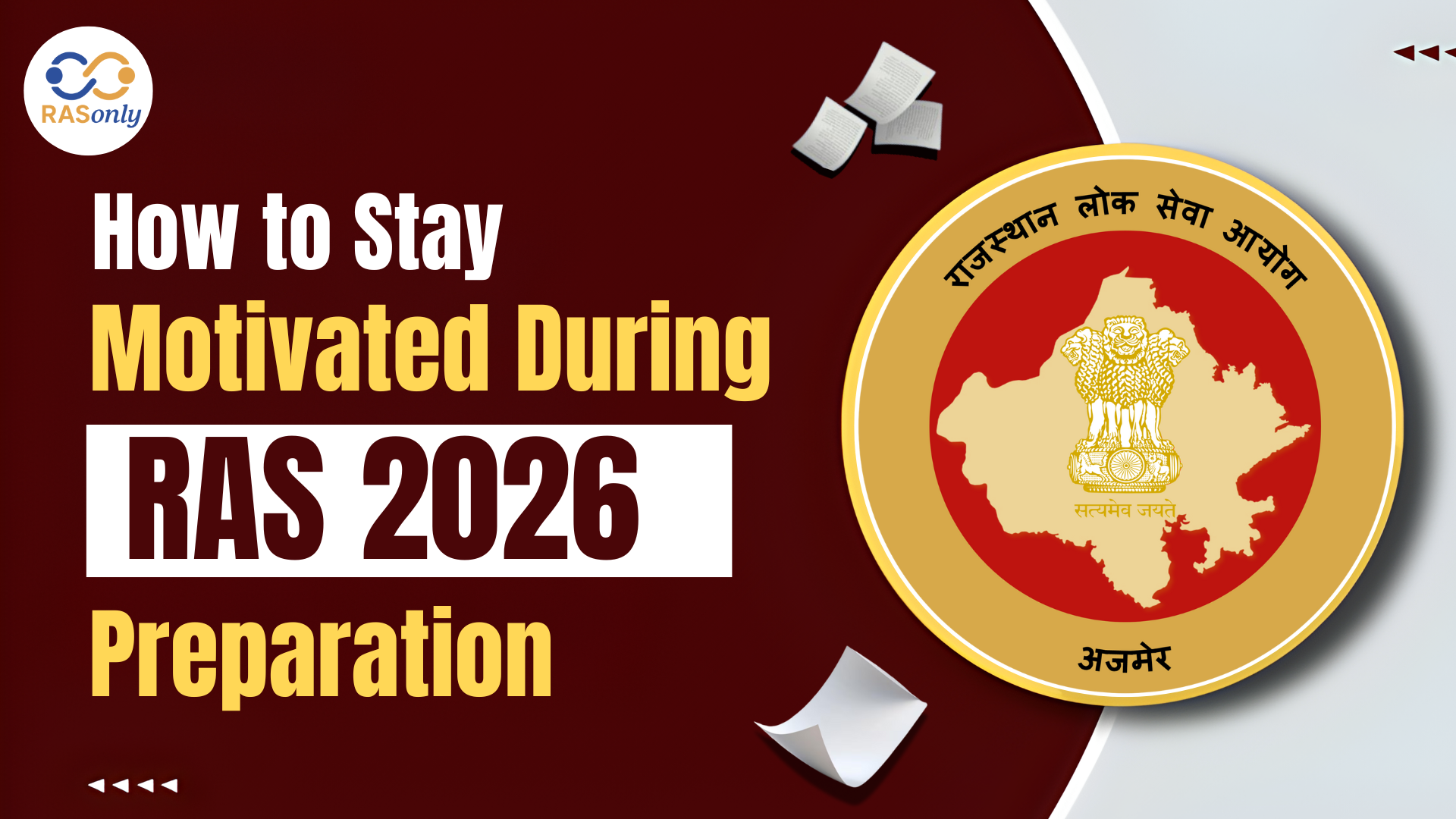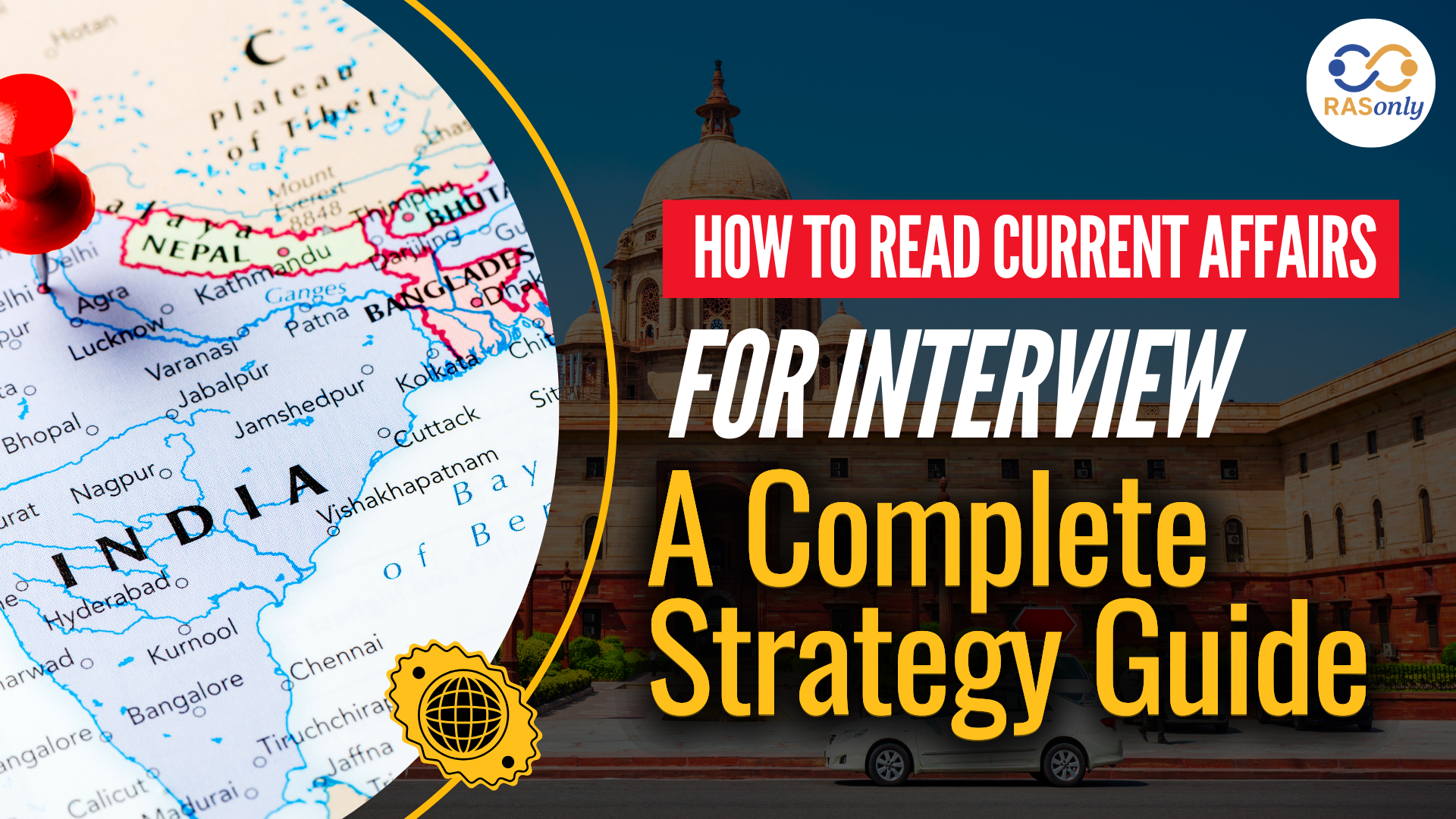RAS Exam Date 2026 for Notification, Prelims, Mains Date
- >
- RAS Preparation Resources
- >
- Climate change in India
Climate change in India


As a third-largest contributor to greenhouse gases in the world after China and the United States, India has reached an interesting point as far as global climate discussion is concerned. India has a very low level of per capita emissions, and the emission per capita of the country is much lower than the average global figures, considering the state of development of a country and its fair share of carbon emission. But, the consequences on the environment are getting more apparent- increased sea levels and rainfall patterns, extinction of species, and increased prevalence of diseases climate sensitive, all these are warning beacons of the need to take sustainable initiatives.
Key Points for RAS Mains
Climate Commitments and Nationally Determined Contributions (NDC) of India
India has submitted aggressive international commitments under the Paris Treaty:
- Lessen the burden per unit of GDP emission by 33-35 percent of 2005 by 2030.
- Establish another carbon sink of between 2.5 and 3 billion tonnes of CO 2 equivalent in the form of forest and tree cover.
- Install a 40 percent electricity capacity of non-fossil fuel (early achieved by 2021).
- Plan to achieve Net Zero in 2070.
- Despite such promises, the target to develop wind power offshore has not been realized yet and 70 percent of the rural homes continue to use biomass as a source of energy, which has led to indoor air pollution.
India’s Twin Approach
India has moved towards a twin approach in adaptation, and in mitigation.
- Adaptation
- Adaptation describes measures put in place to help make ecosystems and communities stronger to the negative impacts of climate change.
- Drought-resistant crop (climate-resilient agriculture)
- Mangroves, sea walls construction of coastal buffers
- Flood early warning system and Cyclones
- Mitigation
- Mitigation implies cutting GHG emission or increasing the amount of sinks.
- Development of renewable energy Renewable energy growth
- Afforestation
- Advertising electricity-based cars and energy efficient appliances
State levels - National Action Plan on Climate Change (NAPCC)
The NAPCC was initiated in 2008 but its structure includes eight core missions that have subsequently grown to 10 thematic endeavours:
- National Solar Mission(NSM)
- First aim: 20 GW of solar energy by 2022 (increased to 100 GW)
- 60 GW through grid-sized, 40 GW through rooftop
- A portion of India 175 GW renewable energy plan
- National Mission for Enhanced Energy efficiency (NMEEE)
- Market-based energy efficiency is promoted via:
- PAT Scheme (Perform, Achieve, and trade)
- The market transformation of energy efficiency (MTEE)
- EEP (Energy Efficiency Financing)
- Energy Efficient Economic Development (FEED)
- National Mission on sustainable Habitat
- Energy efficient planning in urban areas
- Waste-to-energy and support of public transport
- Smart cities mission, AMRUT; Swachh Bharat Abhiyan
- National Water Mission
- The water integrated resource management
- Desalination, rain Water harvesting and waste water recycling
- National Mission on Sustaining Himal assembly Ecosystems
- Concentration on the conservation of biodiversity and glacier tracking
- Ecosystem vulnerability as a scientific research
- National Mission a green India
- Target: Afforestation 10 million hectares
- Enhance livelihoods and sequestration of CO 2 using forests
- National Mission on Sustainable Agriculture
- Design a climate resistant crop Develop climate resistant crops
- Encourage effective irrigation (micro-irrigation, rain-fed crop farming)
- Pests/Nutrient management, soil health card, and weather insurance
- National Mission on Strategic Knowledge about Climate Change
- Build a climate science knowledge network
- Encourage local research and cross-nation research
Climate Challenges Unique to India
| Challenge | Impact |
|---|---|
| Rising GHG emissions | Energy sector is coal-heavy; urbanization adds pressure |
| Glacier retreat | Affects freshwater availability in north India |
| Coastal vulnerability | Rising sea levels, cyclones affect states like Odisha and Tamil Nadu |
| Urban heat islands | Caused by unplanned urban expansion, concrete jungles |
| Agricultural risk | Rainfed agriculture vulnerable to erratic monsoons |
Efforts to tackle climate change
- International Efforts
- Treaties such as Paris Agreement have introduced warming goals so that warm climate is below 2
- India Initiatives
- National Innovations in Climate Resilient Agriculture (NICRA)
- Social safety nets such as MGNREGA, and district-level contingency plans, as a method of climate resilience
- Action plans on heat-waves announced by the States (Andhra Pradesh and Madhya Pradesh)
- Policy Recommendations
- Social safety nets expansion, Disaster protection in advance
- Make investments in off farm jobs as well as gender fronts
- Increase carbon taxation, utilize renewable energy, ensure energy savings, and forestation/agroforestry .
- Physical and Infrastructure measures
- The infrastructure that can resist floods, permeable urban planning ("sponge cities")
- Better agriculture and watershed management, drainage of salty soils, gypsum of salty soils.
17th BRICS Summit 2025
Major Results of BRICS Meeting 2025
- Declaration Rio de Janeiro
- Supported the reformation of world governance (UNSC, IMF, WTO)
- Demanded the concept of inclusive AI governance and climate justice
- Emphasized multilateralism, sustainability and equity
- Digital Cooperation-AI
- Research on Best Practices Support of the ethical AI frameworks
- Member-sharing digital infrastructure
- Advocate data sovereignty and cyber collaboration
- Green finance and Climate Change
- BRICS Climate Adopted leadership Agenda
- Promoted green funding by the New Development Bank
- Demanded that the global north take responsibility of the emissions
- The Equity of Global Health
- Proposed equal access to medicines and vaccines
- Neglected tropical diseases and health technology Focus
- Trade and Financial Framework
- Indicative of de-dollarisation, local currency usage as a medium of trade
- Operates in no shared BRICS currency (yet) and focuses on financial sovereignty
- Institutional Development
- Enforcement of New Development Bank (NDB)
- The Reforms in BRICS Business Council, Women Alliance and youth collaboration
Conclusion
The climate strategy of India balances on the edge between the ability to develop sustainably and to minimize the emissions without reducing the potential of growth. The country has put in place a strong policy architecture-be it solar missions and electric mobility on the one hand and biodiversity protection and green finance on the other. Nevertheless, the journey to net zero in 2070 requires more than a technological transition but also behavioral, economic, and managerial changes on all levels.
Post Category
- RAS Salary
- Result
- RAS Admit Card
- RAS Job
- RAS Cutoff
- Preparation Tips
- RAS Answer Key
- RAS Exam Analysis
- RAS Syllabus
- RAS Previous Year Papers
- RPSC RAS Exam Pattern
- RAS Interview
- RAS Mains Exam Date
- RAS Vacancy
- RAS Test Series
- RAS Best Books
- RAS Preparation Resources
- RAS Coaching Centre
- History
- Polity
- Geography
- Economics
- Science
- Art and Culture
- RPSC RAS Application Form
- RPSC RAS Notification
RASonly Interview Guidance Program

Mr. Ashok Jain
Ex-Chief Secretary Govt of Rajasthan
- IAS officer of the 1981 batch, Rajasthan cadre.
- Passionate about mentoring the next generation of RAS officers with real-world insights.
- Got retired in Dec 2017 from the post of Chief Secretary of the state of Rajasthan.

Mr. Guru Charan Rai
Ex-ASP / SP in Jaisalmer
- Guru Charan Rai, IPS (Retd), retired as Inspector General of Police (Security), Rajasthan, Jaipur in 2017.
- Served as ASP and SP in Jaisalmer, Nagaur, Sri Ganganagar, Sawai Madhopur, Dausa, Sikar, and Karauli.
- He also held key positions as DIGP and IGP in the Law and Order division.

Mr. Rakesh Verma
Ex-IAS Officer, B.Tech, MBA, and M.A. (Economics)
- IAS officer of the 1981 batch and retired in Chief Secretary Rank.
- Civil servant of high repute and vast experience.
- Has been teaching UPSC CSE subjects for the last six years.
Related Post
👉🏻 Register Today to Join Classes! 👍🏻
- Team RASOnly -
🎯 Benefits of RASOnly Coaching:
- ✅ 1:1 Mentorship with RAS Officers
- ✅ Experienced and Expert Faculty
- ✅ Free Library Access
- ✅ Daily Minimum 4 Hours Must
- ✅ Comprehensive Study Material
- ✅ Regular Tests & Performance Analysis
- ✅ Personalized Guidance & Doubt Solving
- ✅ Online & Offline Class Options
- ✅ Affordable Fees with Quality Education
Key Highlights:
- 👉🏻 3-Day Refund Policy
- 👉🏻 New Batch Starting from 04 August
- 👉🏻 Registration Amount: Only ₹1000





